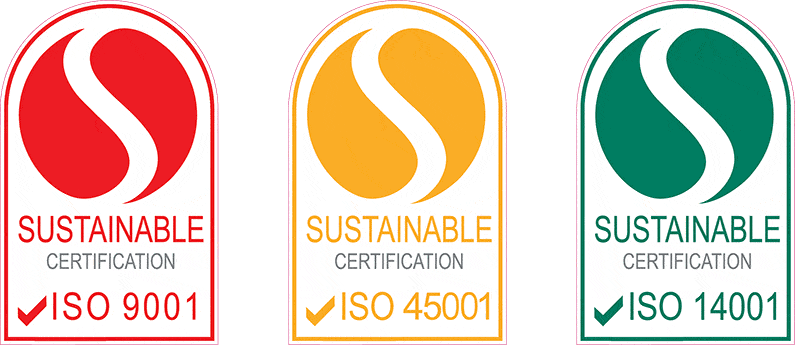The Best Fire-Rated Cladding
Options for Australian Buildings
The significance of fire safety during building design and construction has recently emerged prominently, particularly in Australia. Local buildings are required to be able to withstand increasing bushfire episodes, with Australia’s harsh climate providing prime conditions for blazes. The top fire safety enhancement ingredient is the integration of fire-rated cladding. In this article, we look at the top fire-rated cladding solutions in Australia. These materials maintain high standards for ensuring they are incredibly durable with excellent aesthetics while still providing enough coverage for these buildings.
Fire-Rated Cladding Explained
Fire-rated cladding encompasses external building materials that are required to be fire-resistant and prevent the spread of flames. These materials are tested to pass a certain fire rating, demonstrating how they hold up in flames. In Australia, the National Construction Code (NCC) mandates fire safety measures, including the use of fire-rated cladding on buildings. The goal is to provide additional time for occupants to evacuate safely and for emergency responders to control the fire.
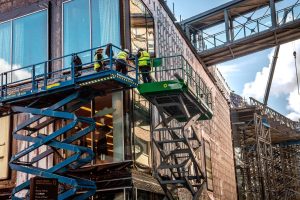
The Importance of Fire Rating
The fire rating of a cladding material is a critical factor in ensuring the safety of a building. Fire ratings are classified based on the time a material can withstand fire exposure before it fails. These ratings are typically expressed in minutes, such as 30, 60, 90, or 120 minutes. A higher fire rating means the material can resist fire for a longer period, providing better protection. In the context of Australian buildings, selecting the right fire-rated cladding is not just a regulatory requirement but also a vital step in safeguarding lives and property.
Top Fire-Rated Cladding Options
1. Non-Combustible Aluminium Composite Panels (ACPs)
Non-combustible ACPs are a popular choice for modern buildings due to their lightweight nature and aesthetic versatility. These panels consist of two thin layers of aluminium bonded to a non-combustible core, such as mineral-filled cores. The non-combustible core provides excellent fire resistance, meeting the highest fire rating standards.
Benefits:
- Lightweight and easy to install
- Available in various finishes and colours
- High durability and low maintenance
Applications: Ideal for high-rise buildings, commercial complexes, and educational institutions.
2. Fibre Cement Cladding
Fibre cement cladding is composed of cement, sand, and cellulose fibres, making it a robust and fire-resistant material. This type of cladding is known for its ability to withstand extreme weather conditions, making it suitable for the Australian climate.
Benefits:
- High fire resistance with excellent fire ratings
- Resistant to rot, termites, and moisture
- Versatile design options
Applications: Perfect for residential buildings, schools, and public facilities.
3. Terracotta Cladding
Terracotta cladding is a traditional material that has been modernised to meet contemporary fire safety standards. Made from natural clay, terracotta cladding offers a unique aesthetic while providing exceptional fire resistance.
Benefits:
- Naturally non-combustible
- Long-lasting and sustainable
- Aesthetic appeal with a variety of textures and colours
Applications: Suitable for both residential and commercial buildings, particularly where a natural, earthy look is desired.
4. Steel Cladding
Steel cladding is one of the most durable and fire-resistant options available. This material is non-combustible and can withstand high temperatures, making it an excellent choice for fire-rated cladding.
Benefits:
- Exceptional fire resistance
- High durability and strength
- Low maintenance and cost-effective
Applications: Ideal for industrial buildings, warehouses, and large commercial structures.
5. Brick and Masonry Cladding
Brick and masonry cladding are traditional building materials known for their fire-resistant properties. These materials are non-combustible and can provide excellent fire protection when used as cladding.
Benefits:
- Excellent fire resistance with high fire ratings
- Durable and long-lasting
- Low maintenance
Applications: Commonly used in residential homes, historical buildings, and institutional structures.
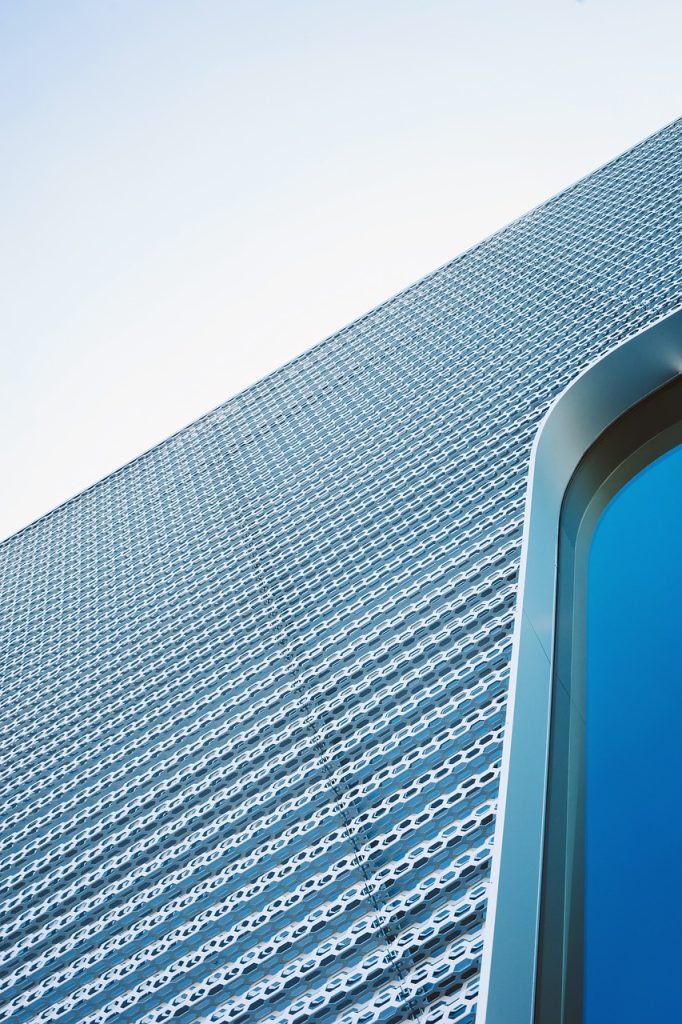
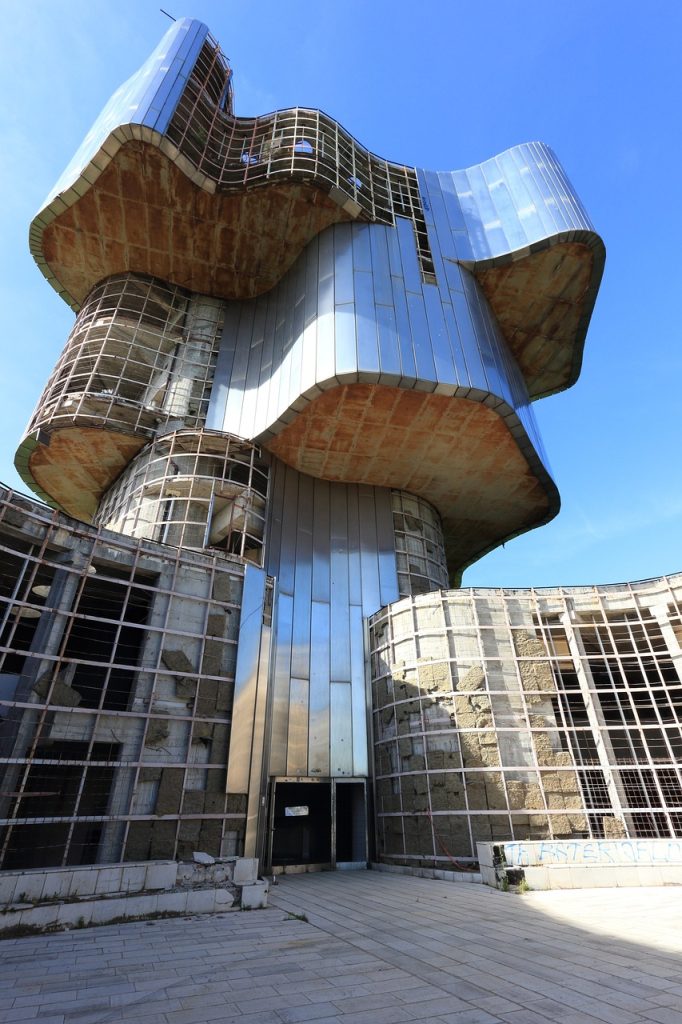
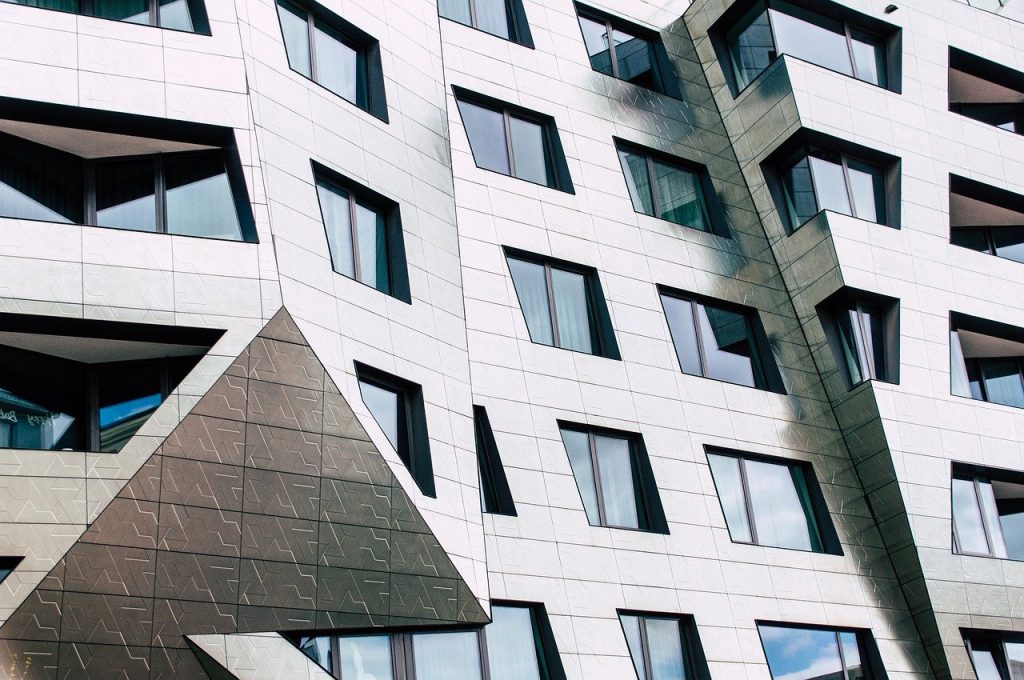
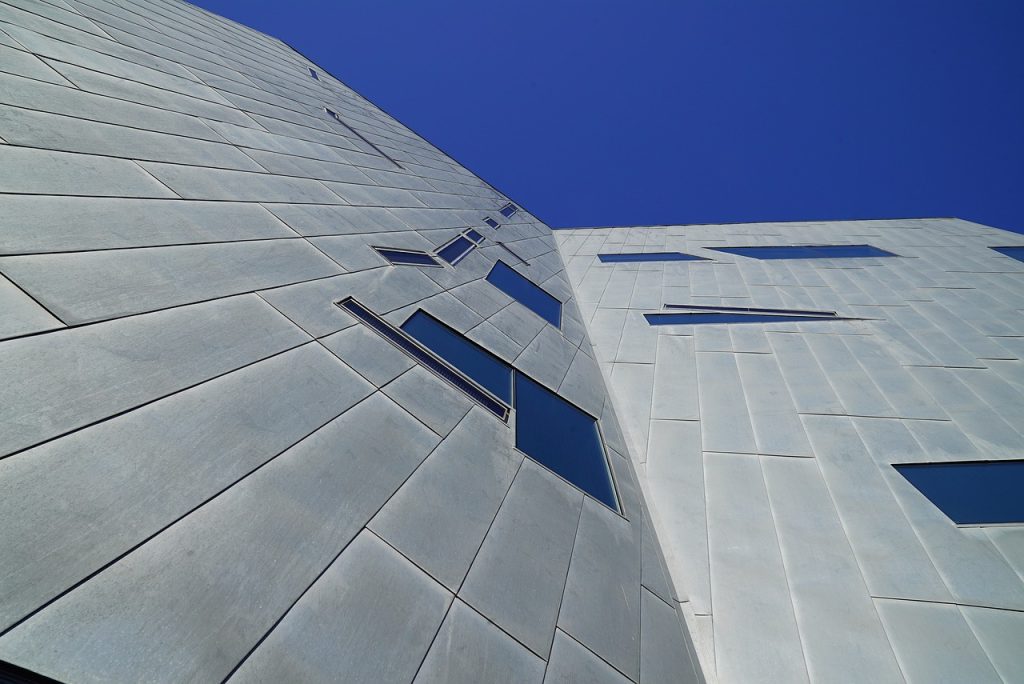
Factors to Consider When Choosing Fire-Rated Cladding
When selecting fire-rated cladding for your building, it’s essential to consider several factors to ensure optimal fire safety and performance. Here are key considerations:
Fire Rating Compliance
Ensure that the cladding material meets the required fire rating as per the NCC and other relevant Australian standards. Look for materials that have been tested and certified by accredited laboratories.
Building Type and Location
Consider the type of building and its location. High-rise buildings and structures in bushfire-prone areas require higher fire ratings and more stringent fire safety measures.
Durability and Maintenance
Choose materials that are not only fire-resistant but also durable and low-maintenance. This ensures long-term performance and reduces the need for frequent repairs or replacements.
Aesthetic Appeal
While fire safety is paramount, the cladding should also enhance the building’s visual appeal. Select materials that offer a range of design options to match the architectural style of the building.
.
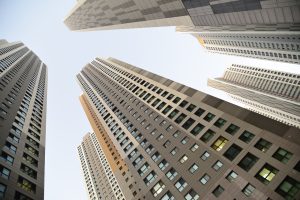
Fire-rated cladding plays a crucial role in enhancing the fire safety of Australian buildings. With various options available, such as non-combustible ACPs, fibre cement, terracotta, steel, and brick cladding, you can choose materials that meet the highest fire rating standards while providing durability and aesthetic appeal. When selecting fire-rated cladding, ensure compliance with the NCC and consider factors such as building type, location, durability, and design.
For more information on the best fire-rated cladding options for your project, contact us today. Our team of experts is ready to help you choose the right materials to ensure the safety and longevity of your building


